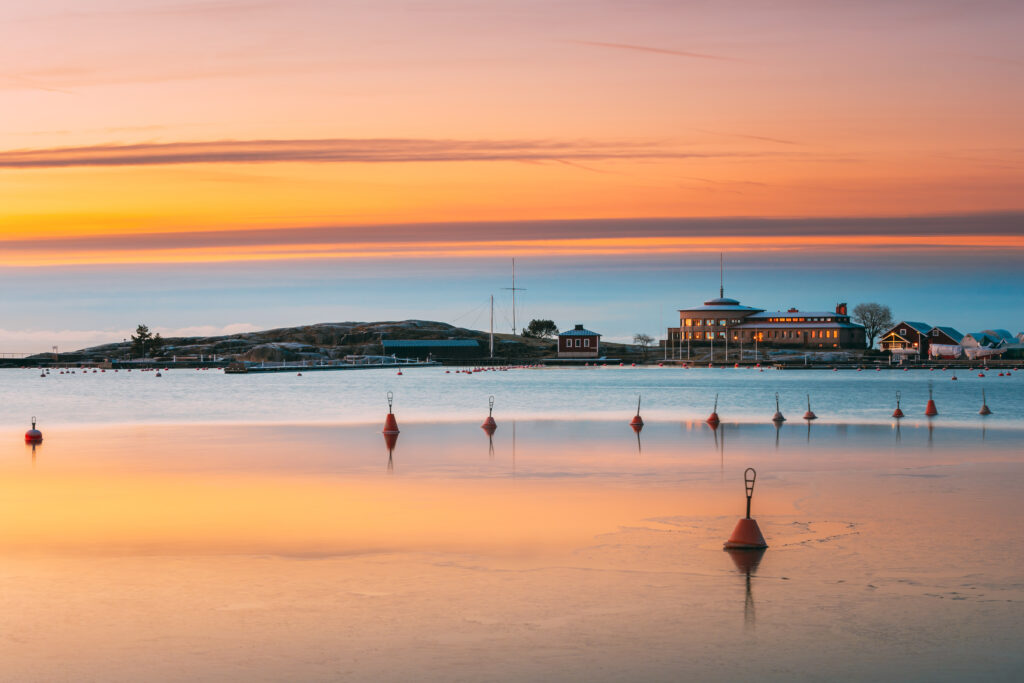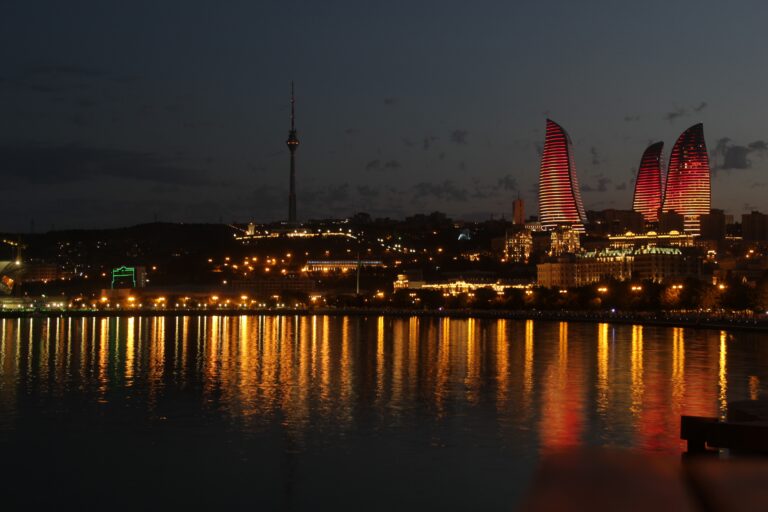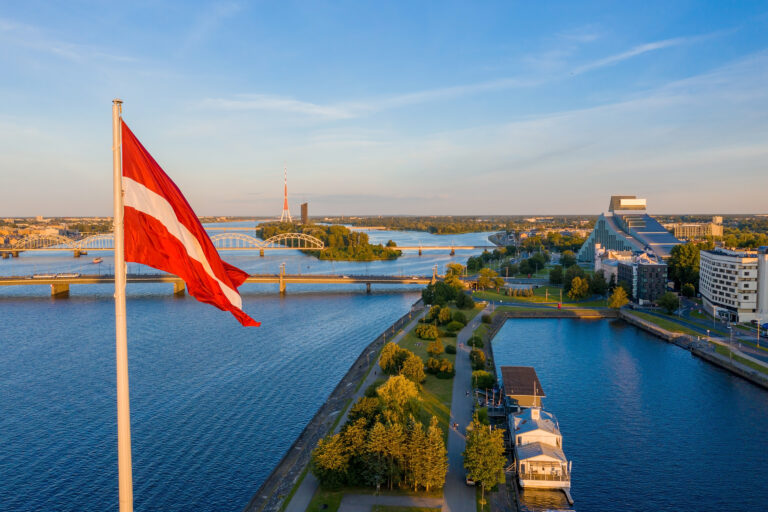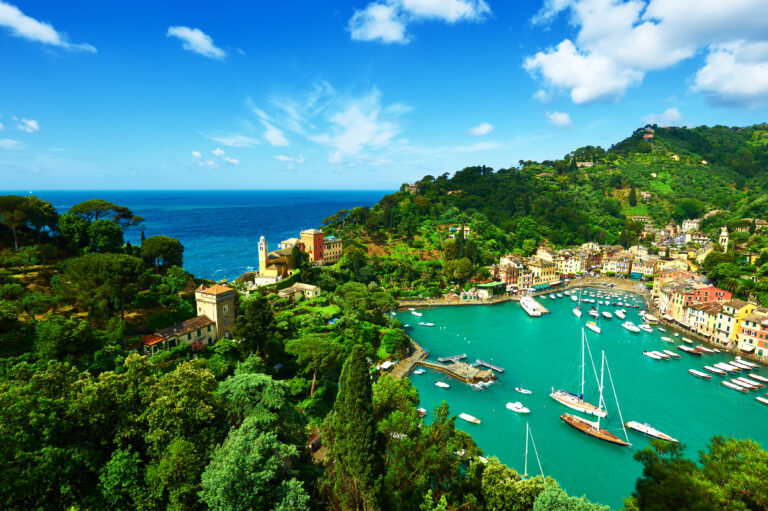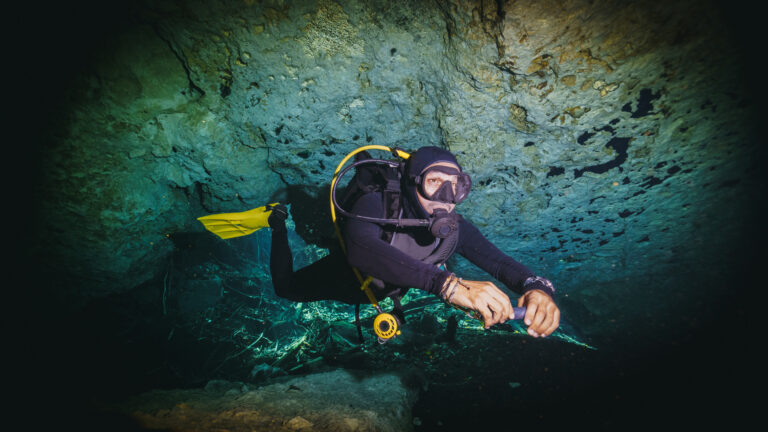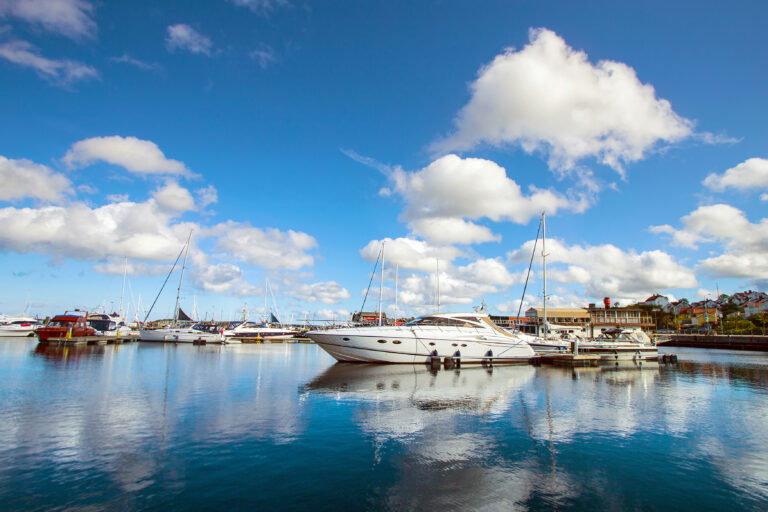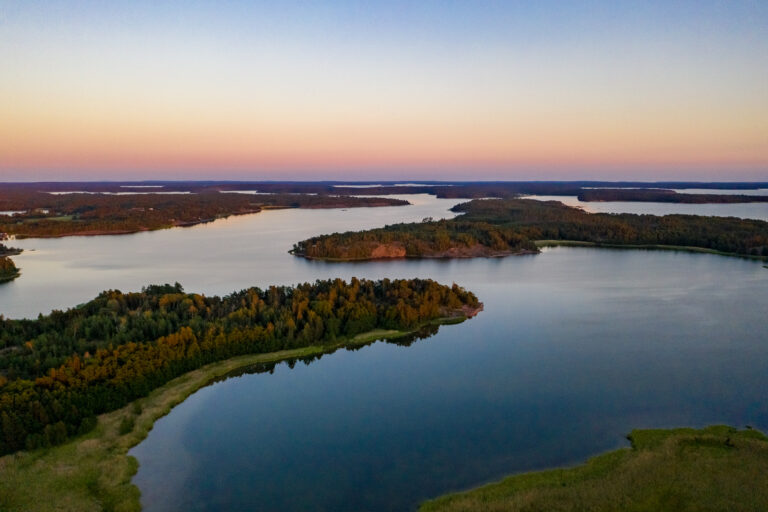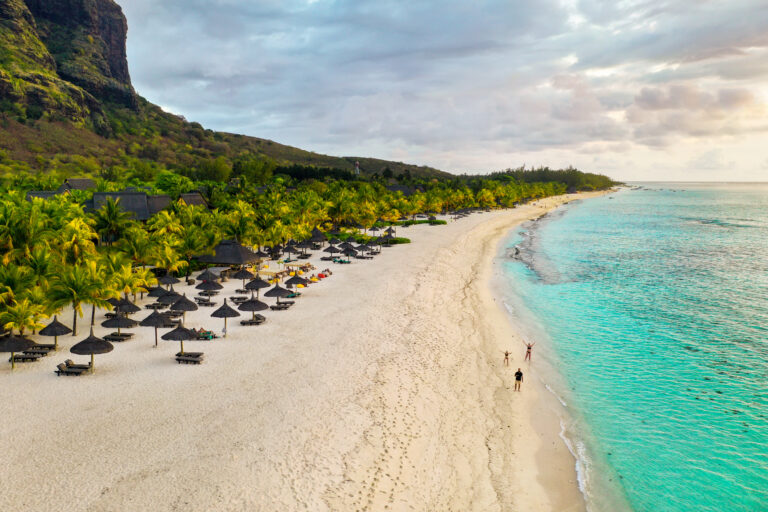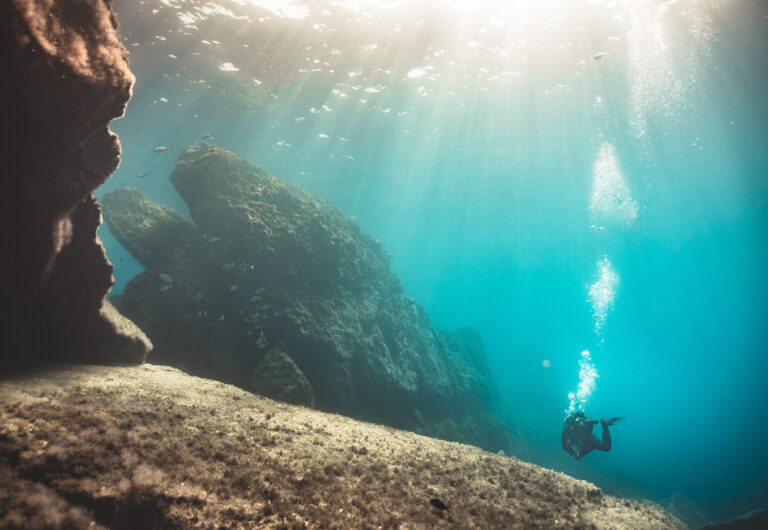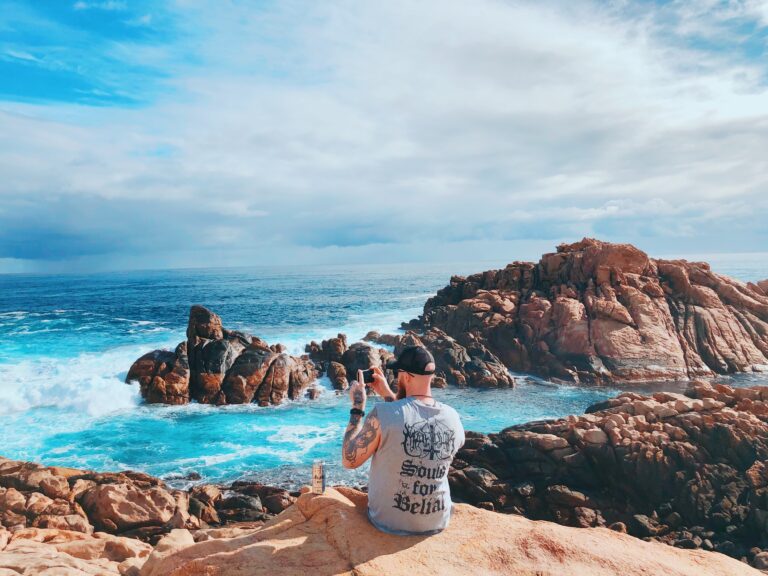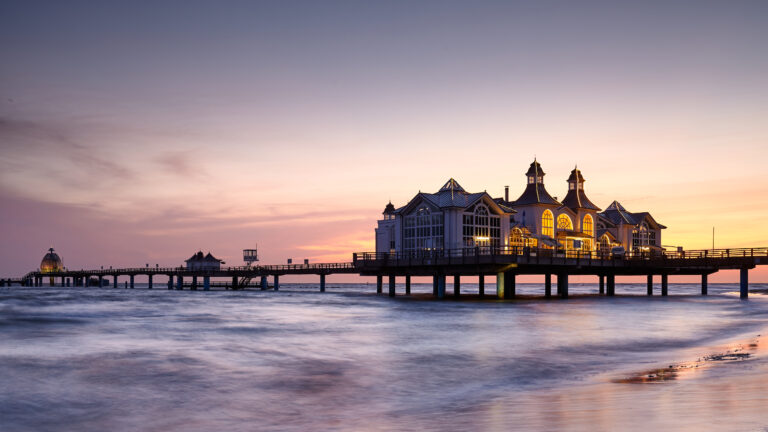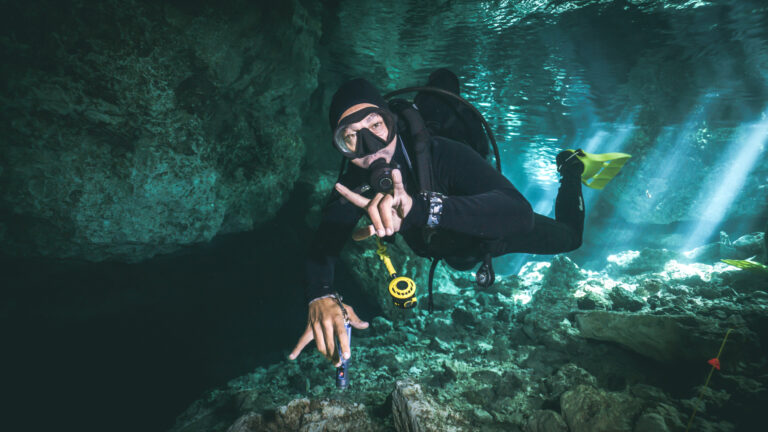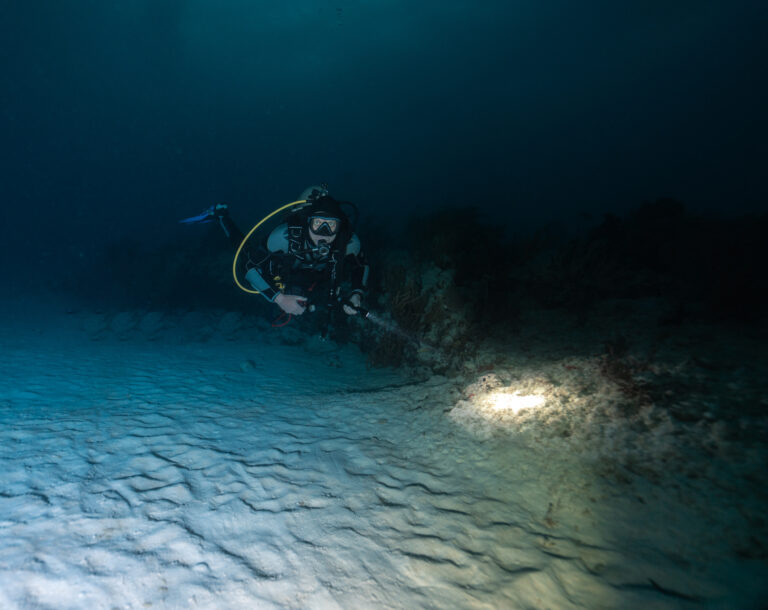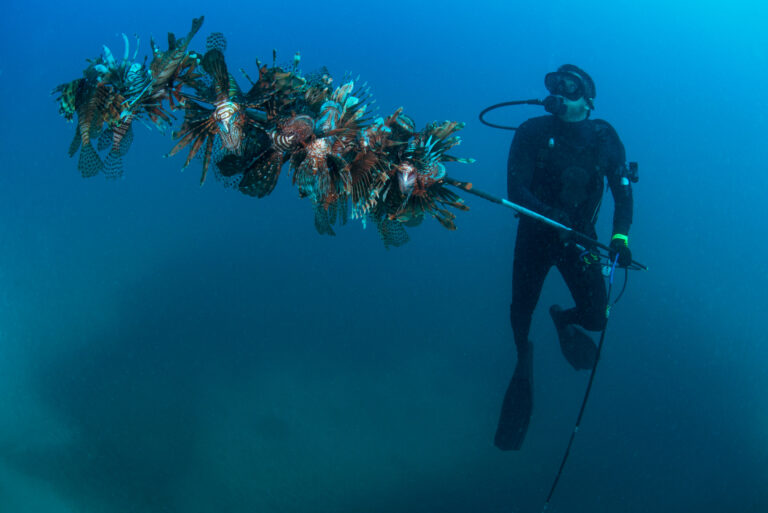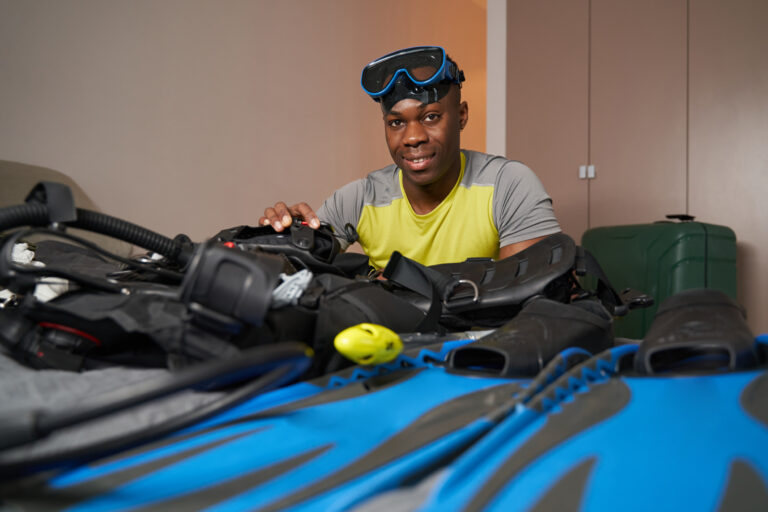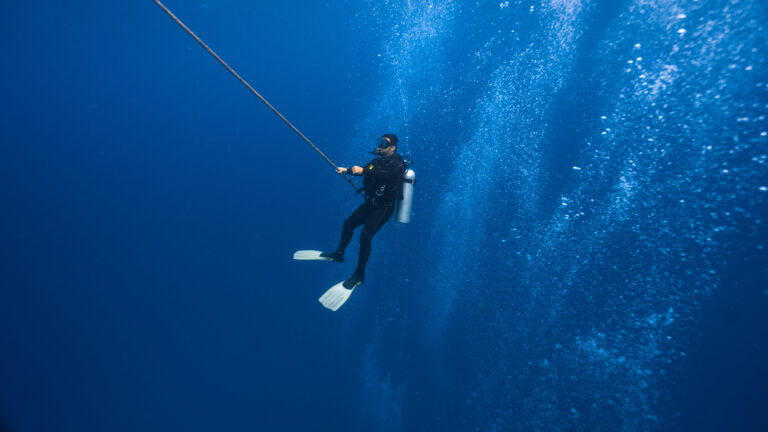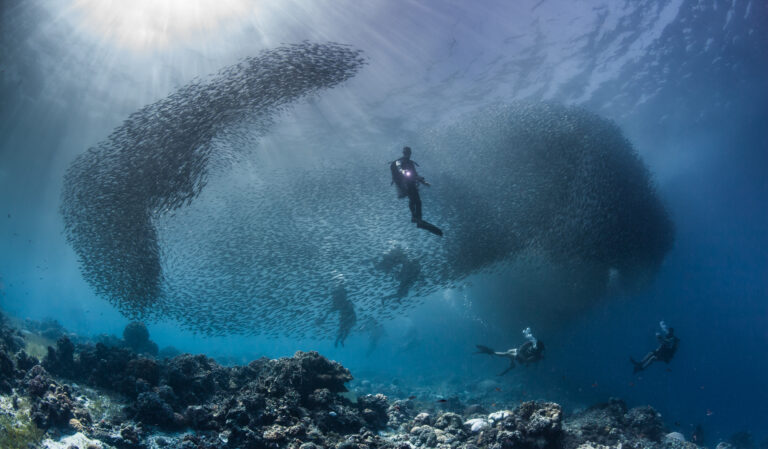Scuba Divers’ Travel Guide to the Nordic Countries
The Nordics offer a unique and exciting scuba diving experience, with its clean and clear waters providing a diverse range of underwater adventures for both experienced scuba divers and sightseeing snorkelers. The region boasts a variety of dive sites, from wall dives to shipwrecks, catering to divers of all skill levels. Whether you’re seeking your next bucket-list adventure or simply a fun holiday activity, the Nordics have something for everyone. So grab your gear and dive in to explore the underwater treasures of this beautiful region. From the vibrant marine life to the stunning underwater landscapes, the Nordics offer a truly unforgettable scuba diving experience. With its diverse range of underwater experiences, the Nordics is a must-visit destination for any scuba diver. Whether you’re a beginner or an experienced certified diver, there are dive spots, dive boats, and guides to match your experience level and provide you with the perfect Nordic diving experience. With so much to discover and explore, the Nordics is an exciting destination for adventurous scuba divers.
Diving Destinations in the Nordics
The Nordic countries in a Nutshell
The Nordic region, a captivating blend of culture, history, and natural beauty located in Northern Europe and the North Atlantic. This area includes the sovereign states of Denmark, Finland, Iceland, Norway, and Sweden, along with the Faroe Islands and Greenland as autonomous territories, and Åland as an autonomous region.
Renowned for their shared lifestyle, historical ties, and similar social structures, the Nordic countries each maintain their distinct identity while embracing a history of interconnectedness. This sense of unity traces back to the 19th-century Scandinavist movement, which aimed to unify Denmark, Norway, and Sweden. With Norway’s independence from Sweden, Finland’s early 20th-century independence, and Iceland’s 1944 constitutional referendum, this notion evolved into the contemporary Nordic cooperation, formalized in 1962 with the Helsinki Treaty. This treaty underpins the Nordic Council and the Nordic Council of Ministers, fostering collaboration across the region.
The Nordics are lauded for their exceptional achievements in education, economic competitiveness, civil liberties, quality of life, and human development. While each country boasts its unique economic and social systems, they collectively embody aspects of the Nordic model. This model is characterized by a mixed market economy, strong labor unions, a comprehensive welfare sector funded by high taxes, and a commitment to individual autonomy and social mobility. It results in significant income redistribution, private ownership, and minimal social unrest.
Culturally, the region is predominantly North Germanic, with over three-quarters of the population belonging to this ethnic group. The Baltic Finnic Peoples are the majority in Finland, and other ethnic groups include the Greenlandic Inuit, the Sami people, and various immigrant communities. Historically, Norse paganism was the primary religion, succeeded by Roman Catholicism after the Christianization of Scandinavia and later Lutheran Christianity following the Protestant Reformation.
Linguistically diverse, the Nordic countries share a common heritage. The main languages include North Germanic, Finno-Ugric, and Eskimo–Aleut languages, with Danish, Norwegian, and Swedish being mutually intelligible and serving as the working languages of the region’s political bodies. Swedish is also taught in Finnish schools, Danish in Faroese and Greenlandic schools, and Icelandic schools.
Spanning an area of 3,425,804 square kilometers, half of which comprises uninhabitable icecaps and glaciers primarily in Greenland, the Nordic region is home to over 27 million people as of September 2021. While the term “Scandinavia” is often used interchangeably with the Nordic countries in English, it more accurately refers to the monarchies of Denmark, Norway, and Sweden, which form the Scandinavian Peninsula along with the northernmost part of Finland.
Location and Geography
The Nordic region, an expanse of unspoiled natural beauty and diverse landscapes, offers some of the most unique and breathtaking scuba diving experiences in the world. Stretching across the northern part of Europe and the Atlantic, this region encompasses Denmark, the Faroe Islands, Finland, Greenland, Iceland, Jan Mayen, Norway, Svalbard, Sweden, and Åland. Each of these locations offers a distinct diving experience, shaped by their unique geography and marine environments.
Denmark
Denmark, situated in Northern Europe, is made up of the Jutland Peninsula and an archipelago of over 400 islands. Its coastline is fringed by the Baltic and North Seas, offering a variety of diving experiences from wreck dives to exploring underwater kelp forests. The water visibility varies, often offering clearer conditions in the colder months.
Faroe Islands
The Faroe Islands, an archipelago between the Norwegian Sea and the North Atlantic, consist of 18 volcanic islands. These islands are known for their dramatic cliffs and rugged coastlines, which continue underwater to create spectacular drop-offs and underwater canyons, home to a rich variety of marine life.
Finland
Finland, bordering Sweden, Norway, and Russia, is known for its thousands of lakes and islands as well as a slice of Baltic coastline. Freshwater diving in Finland’s lakes offers a different experience compared to the saltwater dives of the Baltic Sea, with opportunities to explore underwater in almost every season, including under-ice diving in winter.
Greenland
Greenland, the world’s largest island, is a frontier for adventurous divers. Its Arctic waters are home to icebergs, glaciers, and unique Arctic marine life. The diving here is for the experienced, offering the chance to explore beneath ice sheets and alongside whales in pristine, cold waters.
Iceland
Iceland, the land of fire and ice, is renowned for its unique dive sites like Silfra, a rift filled with crystal clear glacial water, offering one of the world’s best visibility conditions. Diving in Iceland is characterized by volcanic landscapes, geothermal vents, and a chance to dive between the North American and Eurasian tectonic plates.
Jan Mayen and Svalbard
Jan Mayen, a remote Norwegian island, and Svalbard, a Norwegian archipelago in the Arctic Ocean, offer some of the most northerly diving opportunities. These icy waters are home to a unique polar environment, with potential sightings of polar bears, walruses, and a variety of seals.
Norway
Norway’s extensive coastline is dotted with fjords, islands, and deep, cold waters. The Norwegian Sea, part of the Atlantic, provides a rich marine environment, with opportunities to explore kelp forests, cold-water coral reefs, and a number of well-preserved shipwrecks.
Sweden
Sweden, with its long Baltic Sea coastline and myriad lakes, offers diverse diving experiences. The Baltic Sea is particularly known for its well-preserved shipwrecks due to the brackish water and low temperatures. Inland, the clear waters of Sweden’s lakes present another facet of Nordic diving.
Åland
Åland, an autonomous archipelago in the Baltic Sea, is part of Finland but has its own unique identity. The waters here are known for their clarity and an abundance of shipwrecks, making it a popular destination for wreck diving enthusiasts.
Each Nordic country and territory offers a unique set of geographical features that shape its diving experiences. From the ice diving in Greenland and Svalbard to the tectonic rifts of Iceland and the historic wrecks of the Baltic Sea, the Nordics present a diverse and thrilling world for scuba divers to explore. Whether you are an experienced diver or a beginner, the Nordics hold a promise of adventure and discovery in some of the most stunning underwater landscapes in the world.
Visa and Entry Requirements
The Nordics, a region known for its stunning natural beauty and pristine waters, is a haven for scuba divers. This chapter provides essential information on visa and entry requirements for divers planning to explore the underwater marvels of Denmark, Faroe Islands, Finland, Greenland, Iceland, Jan Mayen, Norway, Svalbard, Sweden, and Åland.
Denmark
- Visa Requirements: Part of the Schengen Area. Non-EU/EEA citizens may require a Schengen visa.
- Stay Duration: Up to 90 days within a 180-day period for tourists.
- Additional Information: Valid passport required; check for any additional bilateral agreements or exemptions.
Faroe Islands
- Visa Requirements: Although part of the Kingdom of Denmark, it’s outside the Schengen Area. A separate visa might be required.
- Stay Duration: Up to 90 days.
- Additional Information: Entry requirements can differ from Denmark, so verify with a Danish embassy.
Finland
- Visa Requirements: Part of the Schengen Area. Non-EU/EEA citizens might need a Schengen visa.
- Stay Duration: Up to 90 days in any 180-day period.
- Additional Information: Passport validity should extend beyond the stay.
Greenland
- Visa Requirements: Special rules apply; part of Denmark but not in the Schengen Area.
- Stay Duration: Up to 90 days.
- Additional Information: Check specific visa requirements; a separate permit may be required even for Schengen visa holders.
Iceland
- Visa Requirements: Schengen Area member. Visa rules apply as per Schengen.
- Stay Duration: 90 days per 180-day period.
- Additional Information: Non-EU/EEA citizens should check specific visa requirements.
Jan Mayen
- Visa Requirements: Part of Norway, but special rules may apply.
- Stay Duration: As per Norway’s policy, generally up to 90 days.
- Additional Information: Remote and rarely visited, ensure all permissions are in place.
Norway
- Visa Requirements: Schengen Area member. Visa might be needed for non-EU/EEA nationals.
- Stay Duration: Up to 90 days in a 180-day period.
- Additional Information: Passport must be valid for at least three months beyond stay.
Svalbard
- Visa Requirements: Unique; visa-free, but check entry requirements to mainland Norway.
- Stay Duration: Indefinite, subject to regulations.
- Additional Information: While visa-free, ensure compliance with regulations for living or working.
Sweden
- Visa Requirements: Schengen Area member. Non-EU/EEA nationals may need a visa.
- Stay Duration: Maximum of 90 days in a 180-day period.
- Additional Information: Ensure passport validity beyond the period of stay.
Åland
- Visa Requirements: Part of Finland, Schengen Area rules apply.
- Stay Duration: Up to 90 days in a 180-day period.
- Additional Information: Check for any specific regulations or entry requirements.
Best Time to Visit
The Nordic region, encompassing Denmark, Faroe Islands, Finland, Greenland, Iceland, Jan Mayen, Norway, Svalbard, Sweden, and Åland, offers some of the most unique and exhilarating scuba diving experiences in the world. This chapter will guide you through the best times to visit these destinations for scuba diving, taking into account the diverse marine life, weather conditions, and underwater visibility.
Denmark
Best Time: May to August
Denmark’s temperate waters are most welcoming during the summer months. Visibility is at its peak, and the sea life, including flatfish and cod, is abundant. Popular spots like the wreck of MS Anton in Bornholm offer exciting exploration opportunities.
Faroe Islands
Best Time: June to August
The Faroe Islands boast crystal clear waters and rich marine life. Summer offers longer daylight hours and milder temperatures, ideal for encountering sea anemones, starfish, and the occasional seal.
Finland
Best Time: July to September
The Finnish lakes and Baltic Sea coast come alive in late summer. Visibility is good, and water temperatures are more comfortable. The Archipelago Sea is a must-visit for its underwater seascapes and wrecks.
Greenland
Best Time: June to September
Summer in Greenland provides a brief window for divers to explore icebergs and unique Arctic marine life. The experience of diving amongst ice floes in places like Disko Bay is unparalleled.
Iceland
Best Time: June to September
Iceland’s diving is famous for the Silfra fissure, where divers can touch both the North American and Eurasian tectonic plates. The best visibility and conditions are found in the summer months.
Jan Mayen
Best Time: July to August
This remote island offers diving in untouched Arctic waters. The brief summer provides the best conditions for exploring its underwater volcanic landscapes.
Norway
Best Time: May to August
Norway’s coastline and fjords offer spectacular diving experiences with kelp forests and rich marine life. The famous Orkney wrecks are best visited in summer when the water is relatively warmer.
Svalbard
Best Time: June to August
Svalbard is for the adventurous diver. Summer months offer the opportunity to dive in Arctic waters with walruses and polar bears. Ice diving here is a unique experience.
Sweden
Best Time: June to September
Sweden’s west coast and the Baltic Sea are prime during summer, with good visibility and diverse marine life. The wreck of the MS Zenobia is a highlight for many divers.
Åland
Best Time: June to September
This archipelago offers excellent visibility and fascinating wreck dives in the Baltic Sea. Summer is the best season for comfortable water temperatures and exploring shipwrecks.
Accommodation Options
Transportation Within the Nordic Countries
Currency and Payment Methods
Language and Communication
Local Culture and Attractions
Cultural Etiquette and Tips
Local Laws and Regulations Relevant to Tourists
Safety Tips and Emergency Contacts
Health and Travel Insurance
Dive Operators and Dive Shops
Packing List for Scuba Diving in the Nordics
Scuba diving in the Nordics offers a unique and exhilarating experience. The crystal-clear waters of this northern region present divers with stunning underwater landscapes, diverse marine life, and historical wrecks. However, the cold water conditions demand specific gear and preparation. This chapter provides a comprehensive packing list to ensure a safe and enjoyable scuba diving adventure in the Nordics.
Essential Scuba Gear
- Drysuit: Unlike tropical diving, the Nordic waters require a drysuit to keep you warm. Ensure it’s well-fitted with appropriate seals.
- Undergarments: Wear thermal undergarments for additional insulation.
- Regulator with Cold Water Rating: Your regulator should be suitable for cold water to prevent free flow.
- Buoyancy Control Device (BCD): Ensure it’s compatible with your drysuit and other gear.
- Fins: Sturdy fins compatible with thick drysuit boots are necessary.
- Mask and Snorkel: A comfortable, well-fitting mask and a reliable snorkel.
- Dive Computer: A must-have for monitoring dive time and depth.
- Weights and Weight Belt: Given the extra buoyancy of a drysuit, you might need additional weights.
Personal Gear
- Thermal Clothing: For before and after dives.
- Waterproof Gloves and Socks: To keep extremities warm.
- Dive Hood: Essential for retaining heat from your head.
- Dive Knife or Tool: For safety and versatility.
- Dive Light: Essential for exploring wrecks and during low visibility.
Safety Equipment
- Surface Marker Buoy (SMB): Critical for safety in Nordic waters.
- Whistle/Air Horn: For surface communication.
- First Aid Kit: Including motion sickness tablets.
- Dive Insurance Documentation: Always have this on hand.
Camera and Documentation Gear
- Underwater Camera: Nordic waters have amazing sights.
- Waterproof Notebook and Pencil: For underwater communication and note-taking.
Miscellaneous
- Reusable Water Bottle: Stay hydrated.
- Sunscreen and Lip Balm: For protection during surface intervals.
- Dry Bag: To keep your electronics and valuables safe and dry.
- Towel and Bathing Suit: For surface times.
Packing for a scuba diving trip in the Nordics requires careful consideration due to the unique environment and water conditions. Ensure all your gear is in good working order and suitable for cold water diving. Always plan for contingencies and prioritize your safety and comfort. With the right equipment, you’ll be well-prepared to explore the breathtaking underwater world of the Nordics.

